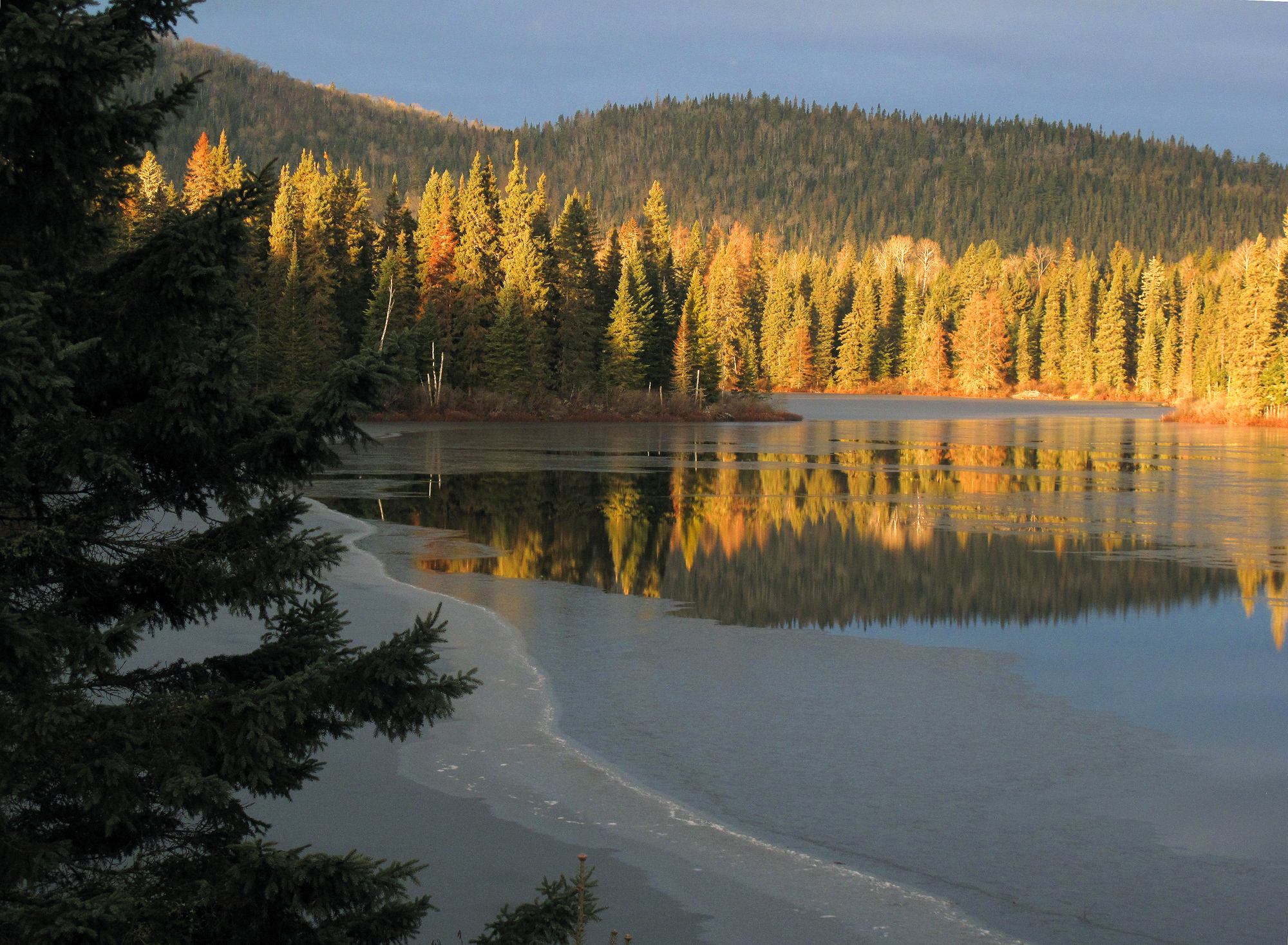Wildlife Events
Picture a traveling natural history museum with hundreds of exhibits of North American carnivores -- pelts, mounts, skulls, track castings and other specimens providing a close-up, hands-on look at each animal's unique characteristics and ecological role. Then combine that with 60 to 90 minutes of spectacular slides of North American wildlife and wild places presented with an entertaining, informative narrative about carnivore biology and ecology from Sue Morse, founder and Science Director of Keeping Track®. That's a Wildlife Event, designed to captivate anyone from hikers and hunters to loggers, birders, skiers, farmers, local businesspeople, teachers, anglers and more – anyone with an interest in wildlife and the desire to learn more.
The public can browse table after table of wildlife exhibits and question Sue and other Keeping Track staff experts about wildlife, their habitats and behavior. Many organizations find Wildlife Events to be an excellent way to introduce community members to conservation biology and habitat monitoring, and recruit volunteers to serve in a local monitoring program.
Find out how we can help you make your Wildlife Event a big success. We're ready to assist you in promoting the event with photos and publicity materials to get the word out far and wide. Contact us today for full information.
Wildlife Samplers
![]() Sue's award-winning photography and captivating narratives of her adventures in the field also form the centerpiece of Keeping Track Wildife Samplers. But in place of the traveling exhibition is a group walk the next day with Sue into nearby habitat. There, Sue will identify wildlife tracks and other signs, explaining in detail how the signs came into being and the wealth of detail they so often reveal about the animals that leave them. Wildlife Samplers are even more customized for each group and location than the Wildlife Events. They're an unmatched way to inform and inspire both a large and small audience about the increasingly critical need for conserving healthy wildlife habitats.
Sue's award-winning photography and captivating narratives of her adventures in the field also form the centerpiece of Keeping Track Wildife Samplers. But in place of the traveling exhibition is a group walk the next day with Sue into nearby habitat. There, Sue will identify wildlife tracks and other signs, explaining in detail how the signs came into being and the wealth of detail they so often reveal about the animals that leave them. Wildlife Samplers are even more customized for each group and location than the Wildlife Events. They're an unmatched way to inform and inspire both a large and small audience about the increasingly critical need for conserving healthy wildlife habitats.

